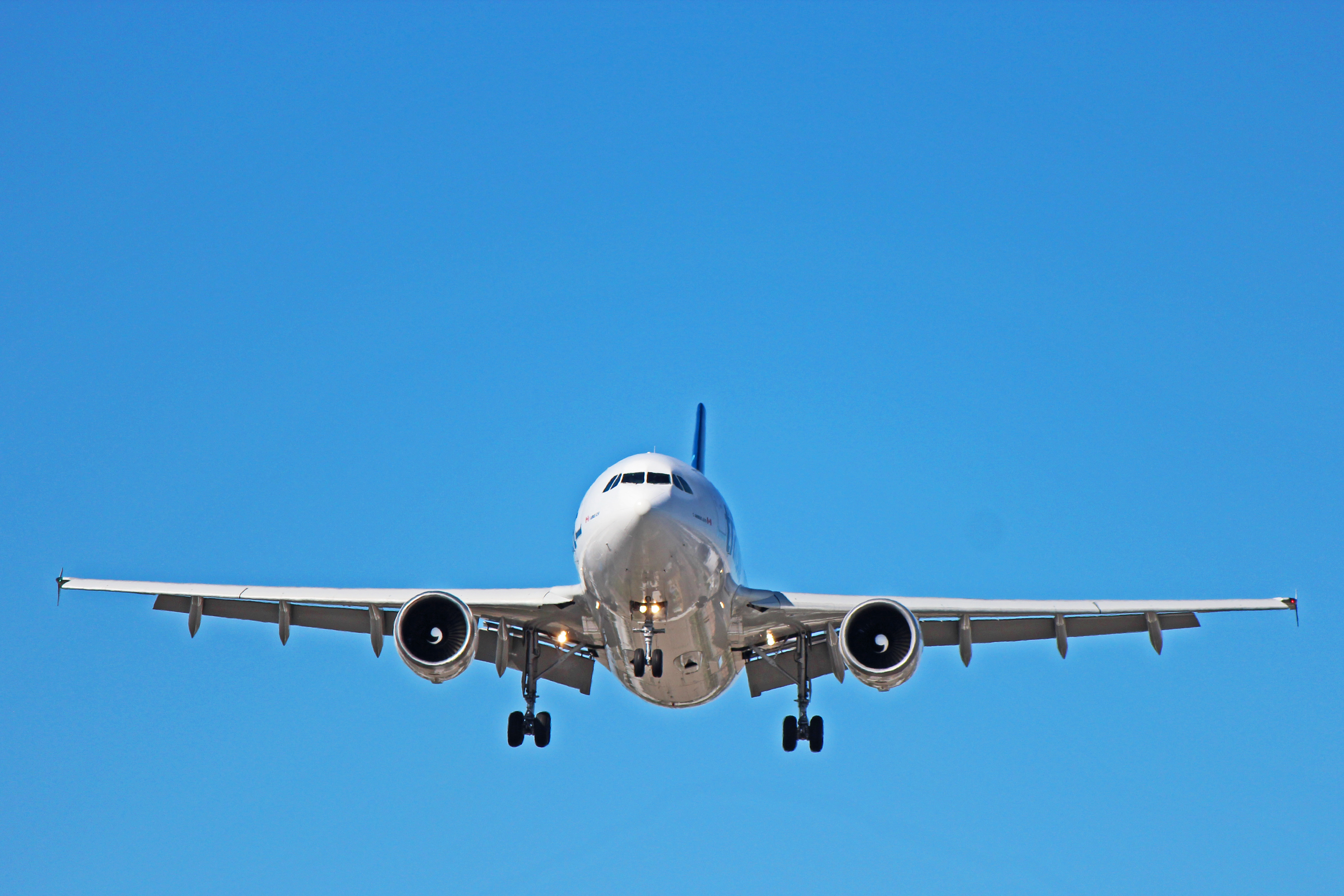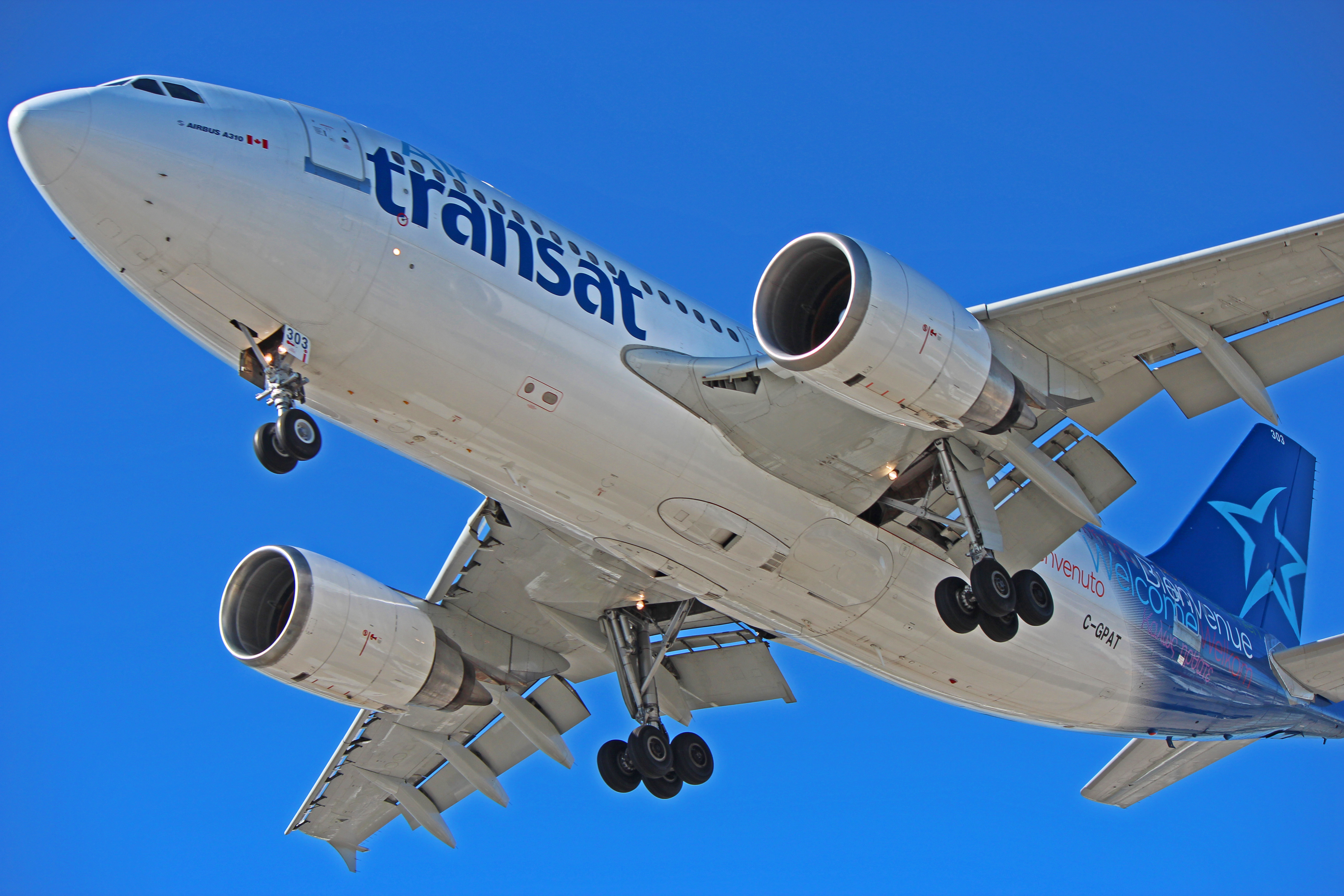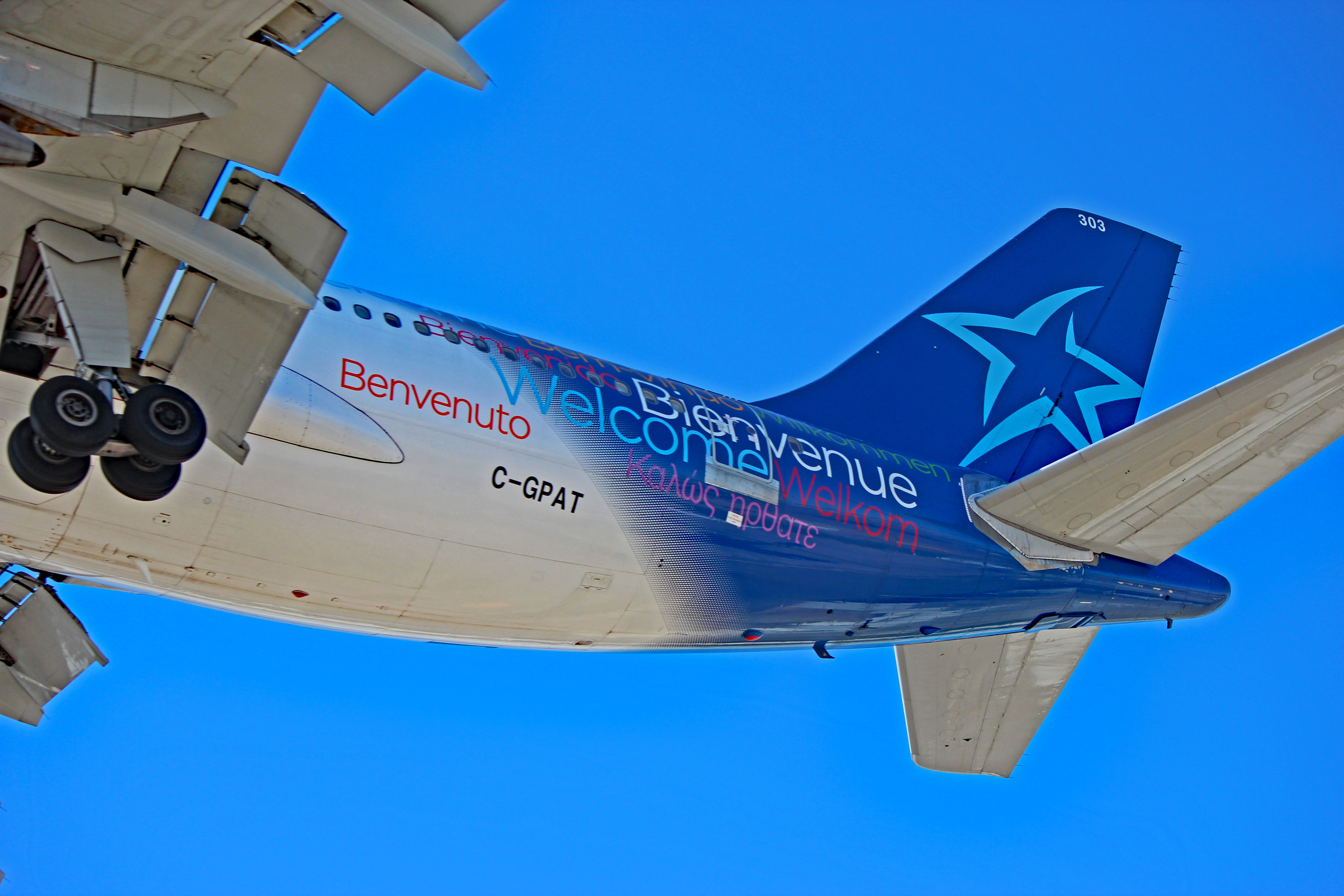C-GPAT started life with Emirates back in 1992. However, it was after the Airbus A310-300 came to Air Transat when it became famous. Back in 2005, the aircraft lost its rudder on a flight from Veradero, Cuba to Quebec City, Quebec. More on that below. The images in the gallery were taken in June, 2017 at Toronto Pearson International Airport (YYZ).
For full-size, high resolution versions of any of the photos in the image gallery, simply click on the individual pictures. See below for more detailed information on C-GPAT, the Airbus A310-300 model in general and the airline.
Image Gallery
C-GPAT
Airbus A310-300
Air Transat
Resources
C-GPAT Air Transat Airbus A310-300 Image Gallery
High resolution versions of this type of aircraft and much more are available at Dreamstime. Want to earn cash from your own photos? Why not sign up for free with Dreamstime and start submitting now: Become a paid photographer!
C-GPAT
C-GPAT took its first flight on September 24, 1991 and wasn’t delivered to Emirates until August 7, 1992 (as A6-EKJ). The Airbus A310-300 was transferred to Air Transat on May 16, 2001. The aircraft is currently configured for a total maximum of 250 passengers with 12 seats in business class and 238 more in economy.
On March 6, 2005, C-GPAT was flying from Varadero, Cuba’s Juan Gualberto Gomez Airport (VRA) to Quebec Airport (YQB) as flight number 961. About ten minutes into the flight, a loud bang was heard, followed by heavy vibration. The aircraft began to Dutch roll and auto pilot was disengaged.
The Airbus A310 returned to Veradero and landed safely an hour and half after departing. It was then revealed that the rudder was broken and most was detached and missing. See the link in the resources section below for more details on this incident.
On February 2, 2013, C-GPAT has another problem, this time with the landing gear. Flying from Puerto Vallarta, Mexico to Saskatoon, Saskatchewan, the crew received an unsafe indication from the nose gear. Without nose gear steering, the aircraft landed safely in Saskatoon and had to be towed off the runway. The nose gear telescopic strut was determined to be the problem and was replaced.
Most recently, their was a minor incident on this airliner that had nothing to do with the airplane itself. On a flight from Nice, France to Montreal, Quebec, a handheld device used by the cabin crew for inflight sales started to smoke. It was immediately placed in a water filled container and was no longer an issue. However, it became tougher for passengers to buy overpriced meals for the rest of the flight to YUL.
See more aircraft at our Air Transat Fleet Page.
Access all our featured aircraft at the Airplane Index Page.
Airbus A310-300
The first Airbus A310-300 made its first flight in July, 1985 and entered service with Swissair in 1986. A bit of a rare bird, there were only 255 built between 1983 and 1998. Air Transat remains one of the primary users of this aircraft and they all seem to have a story to tell.
The Airbus A310-300 is 47 metres or 153 feet in length with a wingspan of 44 metres or 144 feet. At the tail, the aircraft stands 16 metres or 52 feet in height. The flight range for this airliner is 8,300 kilometres.
Air Transat
Air Transat commenced operations in 1987 and is headquartered in Montreal, Quebec, Canada. The airline has a fleet of 31 aircraft flying to nearly 80 destinations. The largest in the fleet is the Airbus A330-300.
As of May, 2019, the airline was to be purchased by Air Canada. The acquisition was scapped in April, 2021.






